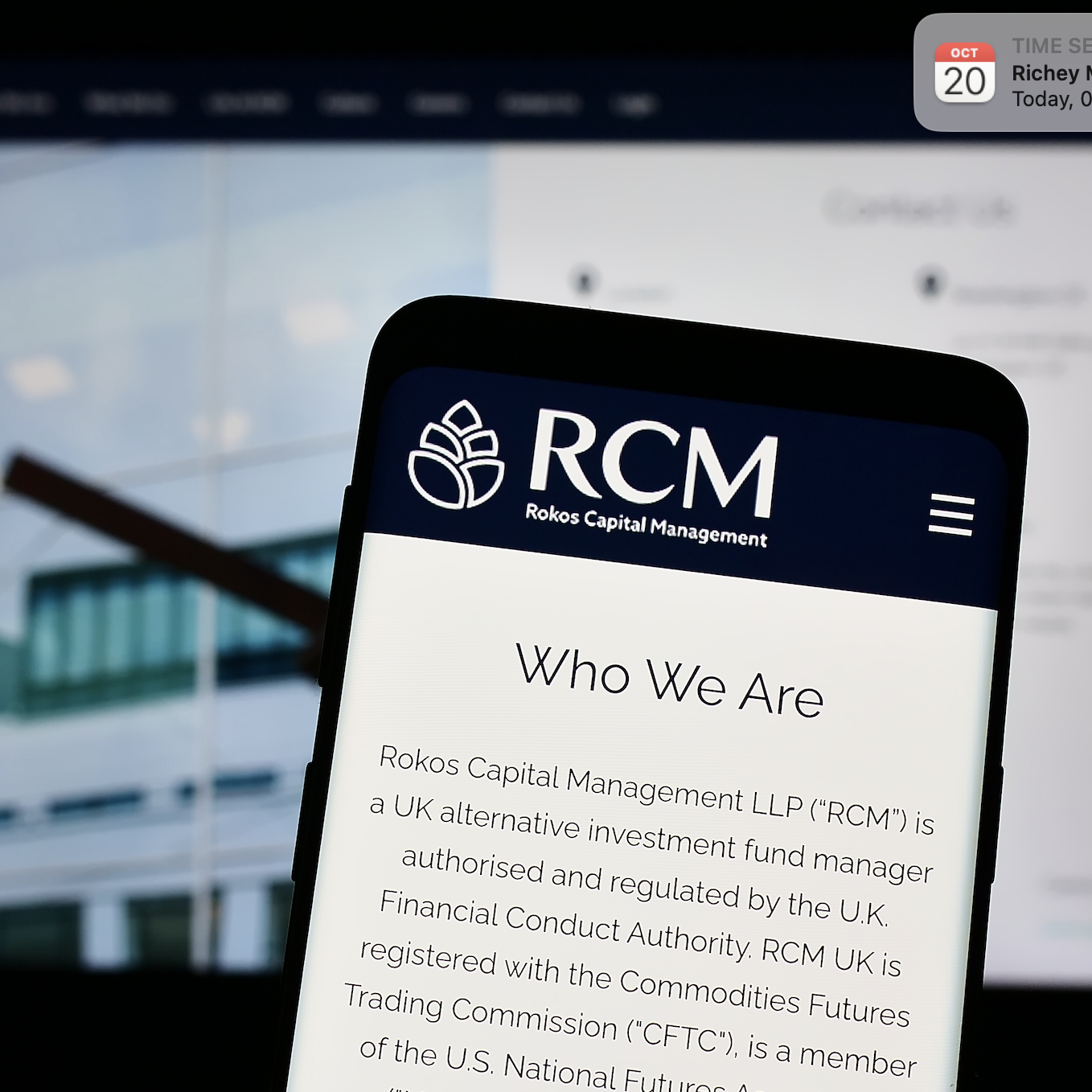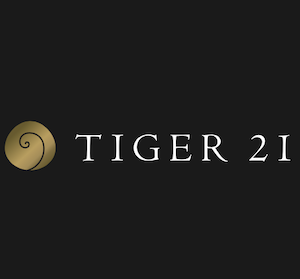With yield continuing to be in demand from income-hungry investors and ‘easy’ market gains unlikely, corporate credit is expected to once again take centre stage, according to BNY Mellon’s Fixed Income Special Report.
The annual report draws on the expertise of 23 fund managers and investment strategists across six of BNY Mellon’s boutiques, which form part of the world’s largest multi-boutique asset manager with USD1.7tn in AUM. The report includes an extensive overview of the full credit cycle from investment grade credit to emerging market debt, and asset backed securities to catastrophe bonds.
Insight Investment product specialist Andy Burgess, says: “With developed market yields at historically low levels, many investors are increasingly considering the high yield market for returns, even though investment grade markets may be more attractive on a risk/reward basis.”
High yield bonds saw a surge in popularity in 2014 as mainstream investors chased yield amid diminishing returns. Some investment managers still believe the sector will continue to enjoy strong inflows in 2015, thanks to the comparatively attractive returns on offer.
Ongoing political uncertainty in Europe and continued pressure on US energy producers from lower oil prices may drive further volatility in 2015. But these bouts of volatility are also likely to present some attractive investment opportunities in the high yield sector, though credit selection will be essential, according to Newton. Sebastien Poulin and Khuram Sharih, members of Newton’s fixed income team, believe US high yield new issue momentum is likely to continue as M&A and LBO activity is expected to pick up. As such their team is looking at opportunities in the US BB space.
Insight managers believe the oil price and flows into or out of the asset class will largely drive the direction of the US high yield market this year, with many high yield energy companies likely to struggle to cope with oil prices at current levels. Insight’s Burgess believes that defaults in the energy sector are likely to rise in late 2015 or early 2016.
Burgess adds that short duration high yield bonds are still the most attractive part of the high yield market, and the Insight team likes issues from those companies with an ability to deleverage even if the economic environment was to deteriorate – what Burgess calls the conservative end of the universe. Insight’s Uli Gerhard, high yield portfolio manager, adds that recent new issuance in Europe has generally been of poor quality and many companies’ capital structures are only viable in an environment of economic growth rather than stagnation. However, if the ECB’s QE programme results in lower government bond yields, it will increase the squeeze on high yield spreads as investors make a grab for any remaining yield.
Despite these apparent positives, some managers have more mixed views on the market for high yield. Newton’s Paul Brain points to potential vulnerabilities in the US energy sector and recommends a cautious approach to high yield in 2015. “In high-yield markets, the limited refinancing requirements of issuers may provide attractive medium-term opportunities but a cautious approach is merited. The vulnerability of US shale oil companies (which now comprise a notable part of the US high-yield index) to falling crude prices threatens to increase default rates,” he says.
Looking at the global loans market, Alcentra’s chief investment officer Paul Hatfield is optimistic business flows will improve further in the year ahead and again contrasts the potential of the US and European markets. “In our view relative value is tilting in favour of US versus European loans. But in both markets we expect to see quite a heavy uptick in volumes in 2015, particularly from M&A related activity. Right now we would remain overweight on the US but with a good chunk of European loans as well,” Hatfield says.
The biggest potential threat to loan market investors is default but Hatfield remains unfazed by current default levels and predicts a benign market environment in the year ahead. “Default levels may go up slightly this year but not to the level that would cause many investors sleepless nights. The default environment is very benign in the loan universe within northwest Europe and the US where we are lending and recent market polls have put the likely US default rate well below 2.3% for the next couple of years,” he says.







